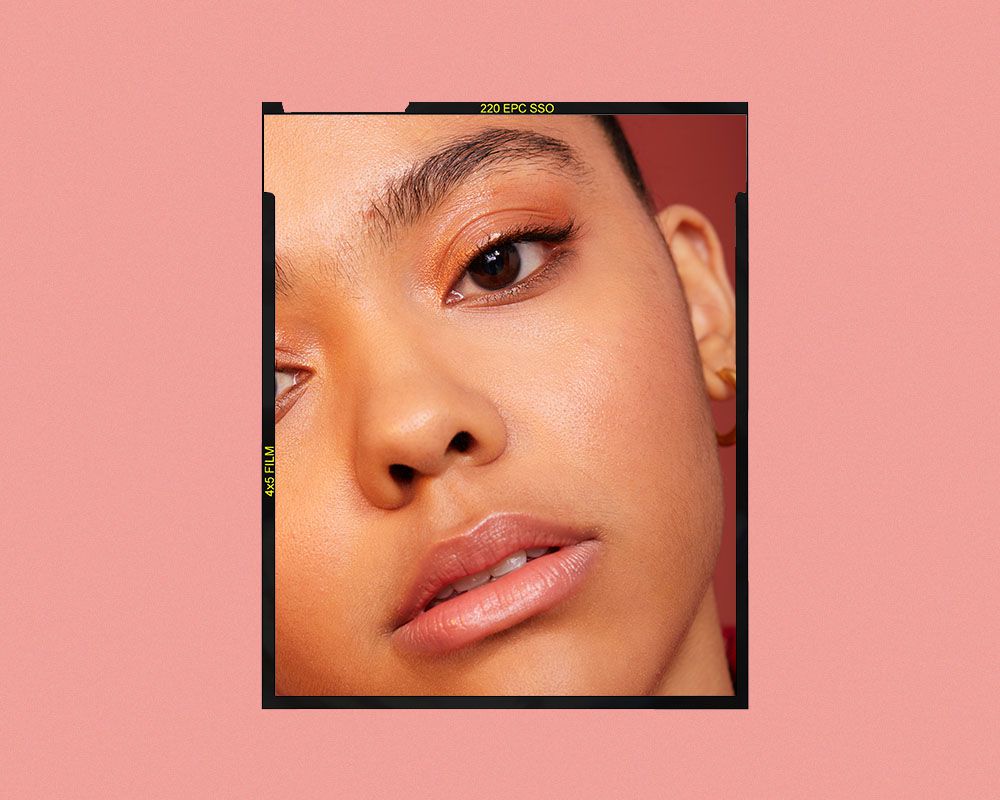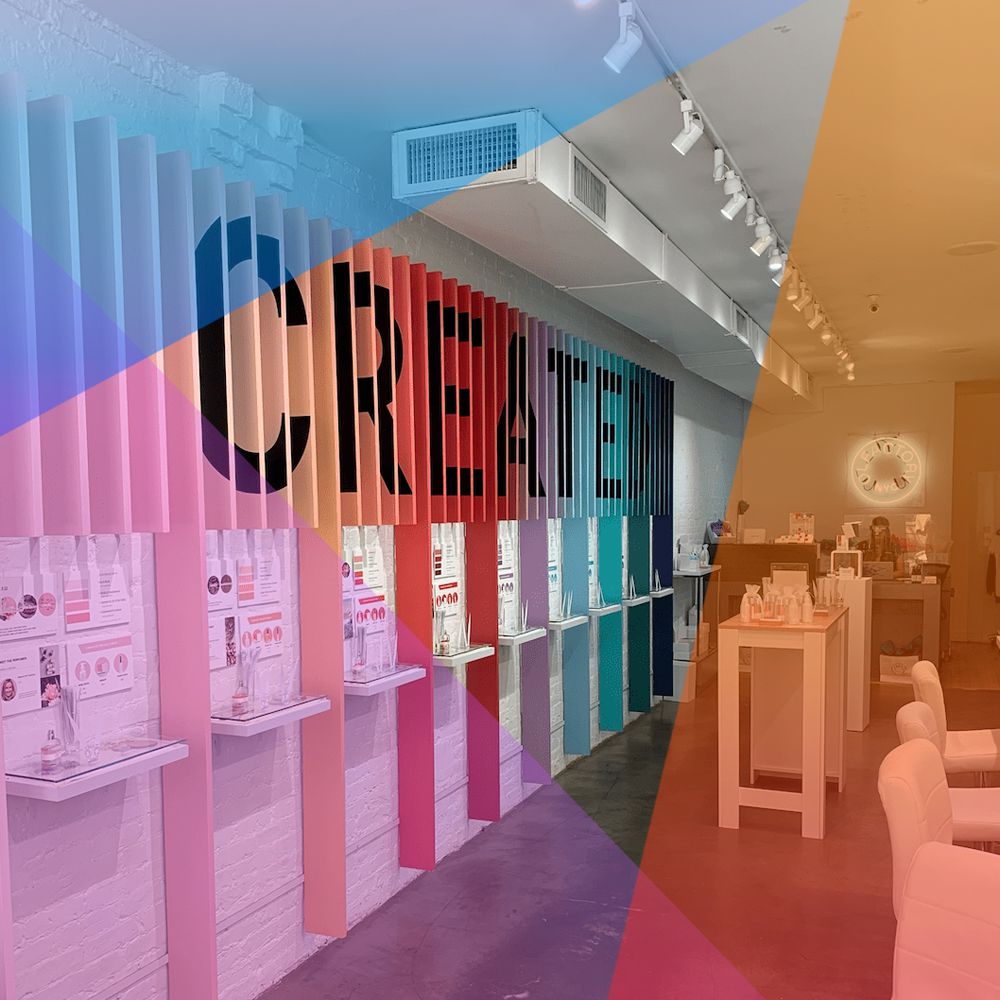Everything You Need to Know About Juvederm Dermal Fillers, According to a Dermatologist

Lip fillers have brought dermal fillers like Juvederm into the mainstream, but there is still some confusion and mystery surrounding what they do and who can benefit from them. As a dermatologist, I’ve created this guide to help clarify some of that confusion. I’ll also review how to prepare for your filler appointment if you decide dermal fillers are for you. Keep reading for everything that you need to know about Juvederm dermal fillers.
What Is Juvederm?
Juvederm is a brand of injectable hyaluronic acid filler. The company makes multiple types of hyaluronic acid fillers—Ultra, Ultra Plus, Vollure, Volbella, and Voluma—varying in product thickness and elasticity. Thicker, less flexible products are used to create definition (think: cheekbone and jawline), bouncier products are used to add volume (to cheeks or lips), and thinner products are used to add hydration without changes in volume or structure (like the under-eyes and lips). Since hyaluronic acid is naturally made and metabolized by the body, there are low rates of reactions to the products, and the product is slowly metabolized over time. The results typically last for six to 18 months, depending on the product and the injection location.
Benefits of Juvederm
Injectable hyaluronic acid fillers have a variety of uses which include:
- Recreating structure and/or fullness of the lips
- Recreating or building definition of the cheekbones and jawline
- Minimizing under-eye hollowing
- Minimizing smile lines
- Restoring or creating fullness in the cheeks
Compared to plastic surgery, the procedure is relatively quick (typically 30 minutes to an hour), minimally invasive, and requires little-to-no downtime. The results are instant and long-lasting but not permanent, allowing flexibility and less commitment to a certain aesthetic.
Hyaluronic acid fillers’ biggest benefit compared to non-hyaluronic acid fillers is that they are dissolvable. This means that any cosmetic result can be reversed at any time, if desired.
The biggest misconception of dermal fillers is that one syringe can drastically change the appearance. One syringe of filler is such a small amount of product that it only tweaks an area. Of course, multiple syringes can be used for a full face transformation, but you can achieve small changes with filler.
The Importance of Consultation
Although injectable hyaluronic acid fillers appointments are done within the outpatient setting, they’re still medical procedures that require a strong understanding of anatomy and proper technique. For this reason, I highly recommend seeking a medical professional for treatment—with board-certified dermatologists and plastic surgeons being the gold standard.
A consultation should always precede filler appointments. If you are not sure you want to have the procedure done, you can schedule a consultation and plan to return for treatment if you decide to move forward. If you want to pursue treatment, you can request consultation and treatment on the same day, which many offices allow.
Consultation is essential for you and the physician treating you. You will explain your concerns, and they can explain the best way to achieve that—how many syringes, which product, and over what time period.
Below are the most common reasons patients come in for lip filler. Although they all receive “lip filler,” I would use a different product, different amount, and different technique to achieve each desired look.
- “I have always had thin lips. I want fuller lips, but I don’t want BIG lips.”
- “My top lip has always been much smaller than the bottom lip, especially when I smile. I want to put a little in my top lip to balance with my bottom lip and support my smile.”
- “Over time, my lips have become smaller and drier. I want to restore hydration and shape, but I do not want fuller lips.”
- “I’m happy with the shape of my lips, but I want a little more plumpness.”
How to Prepare for Your Appointment
Your physician will review potential side effects of filler with you during your consultation, but the most common side effect is bruising; what you do the week before your appointment can significantly minimize your chances of bruising and make your appointment more efficient.
Your physician will give you specific recommendations, but in general, here is a good list to follow.
Discontinue these items one week before your appointment:
- Ibuprofen, aspirin (acetaminophen is okay)
- Garlic, Gingko Biloba, Ginseng, Ginger, Fish-Oil/Omega 3 Fatty Acids, and Vitamin E
Discontinue these items the day before your appointment:
- alcohol consumption
- strenuous exercise
If you are prone to bruising, arnica can be applied topically or injected orally before your appointment, but you should review this with your physician before treatment.
It’s best to arrive at your appointment with a clean face, if possible.
What to Expect During Your Appointment
Injectable dermal filler is an outpatient procedure.
On arrival, any makeup will be from the treatment area, and topical numbing will be applied and allowed to take effect over 15-45 minutes, depending on the area and your natural sensitivities. The numbing cream is removed, and the area is cleaned with a medical-grade antibacterial cleanser before treatment begins. Treatment typically takes 15-30 minutes per syringe, depending on the area.
Depending on the treatment area, desired results, and your physician’s preference, treatment may be performed with a needle or an instrument called a cannula.
As a rule, cheekbone treatment is relatively comfortable since you can not see what’s being done, and the area itself is not particularly sensitive. The undereye area is not very sensitive, and treatment can be shockingly comfortable, but this is a difficult area to start for those with severe needle anxiety. For lips, I tell my patients, “It’s not comfortable, but it’ll be fine.” There’s a reason kissing feels the way it does, but I also find lips to be the area with the highest patient satisfaction.
Aftercare
You should avoid exercise for the next 24 hours and ibuprofen for the next 24-48 hours, otherwise, aftercare is minimum for filler. The results are immediately visible at the end of the treatment, although the product will settle and take on more hydration for the next two weeks. Often for first-time filler patients, we’ll inject a certain amount, let it settle, and then reassess at the two-week mark.
Lips have a tendency to swell in the first 48 hours after treatment, so I recommend patients ice immediately after treatment, before bed that night, and when they wake up in the morning. I also counsel patients that lip filler can feel (but not look) bumpy for up to two weeks, at which time it is usually fully integrated into the tissue.
If a bruise develops during treatment, I recommend the same icing technique and avoiding alcohol and ibuprofen for another 24 hours.
It is important to note that the discomfort with dermal fillers is related to the procedure itself, and pain should not persist or present after treatment. Bruising may occur, but it should never be associated with pain. If this occurs, notify your physician immediately, as this could be a sign of a complication.
Juvederm vs Other Dermal Fillers
Juvederm is a brand name of injectable hyaluronic acid filler. Restylane is the other major brand of injectable hyaluronic filler in the United States. The two lines are interchangeable for some products, but in general, the products are slightly different. Most offices will carry both lines for flexibility. You should focus on explaining your desired results to your physician, and they can then choose the specific product that is best to achieve that desired result.
There are also non-hyaluronic acid fillers: Radiesse, Sculptra. These products all have their place, but they are used for different indications than injectable hyaluronic acid fillers.
Potential Side Effects
The most common side effect is injection site bruising, which typically takes one-to-two weeks to completely resolve. This can be covered with concealer (Dermablend’s concealer has a specific indication for post-procedure bruising). Topical or oral arnica may also speed the recovery of bruising, but you should discuss this with your physician before starting.
A less common but possible side effect is the development of small nodules underneath the skin weeks to months after treatment. These are typically not noticeable to the eye but can be felt by the individual. These can be treated with antibiotics, anti-inflammatory injections, or by dissolving the filler. In some cases, they dissolve on their own if nothing is done.
Vascular occlusion is a rare but serious potential side effect of injectable dermal filler. This occurs if product is inadvertently injected into a major artery. There are techniques to minimize this occurrence, but it is a possibility. If pain or large bruising occurs after treatment, you should notify your physician immediately to dissolve the product causing the occlusion. The skin may heal normally, but there is a possibility of developing a scar over the affected area.
The most severe potential side effect is blindness from vascular occlusion. This is extremely rare but has occurred with high-risk injection areas.
The risk of vascular occlusion is why the choice of injector is so important.
The Cost
The cost of filler is typically in values of half or full syringes. The cost varies by location and filler product, but typically ranges from $800-1500 per syringe.
Final Takeaway
Dermal filler has completely changed the anti-aging game, allowing small, more accessible treatments earlier in life. There are a few types of dermal filler, but hyaluronic acid fillers are the most common, due to the variety of uses and ease of dissolving undesired product. You can use hyaluronic acid dermal filler to create structure on the cheekbone and jawline, soften under-eye hollows, and add soft plumpness to the cheeks. The results are instant and last for six-to-18 months. Juvederm is a popular hyaluronic acid filler, but there are other brands—which brand is best for you will depend on your desired outcome.
The Definitive Guide to All the Different Types of Fillers (and Where to Get Them)







